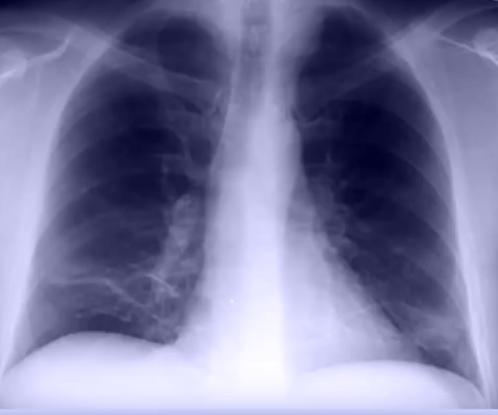The collapse of part of the whole of the lungs is a condition known as discoid atelectasis. The collapsed part does not re-inflate properly and is therefore devoid of any airflow. Discoid atelectasis is usually a side effect of anesthesia use during surgery. This happens to patients who have been bedridden for long periods of time, or those who have undergone several surgeries. There are many types of atelectasis, and they are classified according to the severity of their symptoms and what cause the collapse. Discoid atelectasis is one that refers to the collapse of small areas or segments of the lungs. When looked at in an X-ray, discoid atelectasis is seen as small disc or plate-like shadows on the lungs. The discs can be linear or horizontal. Here you will learn more about discoid atelectasis and how it is treated.
Causes of discoid atelectasis
The most common causes of discoid atelectasis are:
- General anesthesia – this is a side effect of general anesthesia where the lungs don’t inflate properly
- Hypoventilation – this is the shallow breathing that occurs when a patient comes from abdominal or chest surgery
- Pulmonary embolism
- Paralysis of the diaphragm
- Swelling of the abdomen or Ascites
There are other possible causes of discoid atelectasis and these include:
- Obstruction – when a foreign object gets into the lungs and obstructs the airways
- Lung diseases – diseases such as pneumonia can bring about this condition
- Mucus plugs – sometimes the mucus in the lung airways can form plugs which the block the airways and lead to discoid atelectasis
- Tumors – any abnormal growth in the lungs may block the airways and cause discoid atelectasis
- Pleural effusion – this increases the pressure in the lungs and the collapse will occur
Diagnosis
Most doctors will confuse symptoms of discoid atelectasis with those of other diseases; the same happens in other forms of atelectasis. When a patient comes in with symptoms of chest pain, breathing challenges and a bad cough, doctors can diagnose the discoid atelectasis as another disease that affects the lungs. The doctor will have to do a CT scan and an X-ray of the chest in order to confirm whether the patient is suffering from discoid atelectasis. When the collapsed area is small, then the patient may never experience any symptoms or signs; the discoid atelectasis will simply resolve itself over time. When the collapsed area is large, the patient will experience serious breathing problems, and the condition may be life-threatening, if not treated in time.
Discoid Atelectasis Treatment
The doctor has to make sure that the collapsed part of the lung is re-inflated to restore normal breathing and that is what the treatment will aim to achieve. There are many methods that can be used depending on what caused the discoid atelectasis in the first place. Here are some of them:
- Postural Drainage – The patient is tilted forwards, with the head placed below the chest and heart levels; this encourages drainage of excess fluids that may have collected in the lungs.
- Clapping the chest – this loosens up any mucus plugs that may have formed in the airways.
- Deep breathing – when someone comes from surgery, he or she should do breathing exercises to encourage proper breathing.
- Bronchoscopy – This is used to remove blockages from the airways
- Movements – for people who have to be in bed for long, movement and short walks should be encouraged
- Positive and Expiratory Pressure (PEP) – the use of special devices which are used to improve the pressure of air in the airways.
When discoid atelectasis happens in small areas, there is usually no cause for concern. The patient will simply go through proper treatment and with time, the area of the collapsed lung will re-inflate and breathing in the area will return to normal. The collapsed area is small and the rest of the lungs can easily make up for the oxygen deficit caused by the discoid atelectasis; this is usually during the resting and recovery period. When the atelectasis is large or complete, medical attention must be sought or the patient could lose his or her life. When children and infants get discoid atelectasis, they should be admitted in hospital for proper supervision of their treatment; sometimes surgery may be required since their lungs are too small.
People who have suffered from discoid atelectasis are prone to developing pneumonia, so they should be kept free from infections when they are recovering. Severe cases of discoid atelectasis can have long-lasting effects since they can cause scarring to the lung tissues. Basically any form of illness that can affect the lungs should be taken seriously during the recovery period since their function has already been compromised by the discoid atelectasis; extreme care in handling the patient is crucial, especially if it is a child.

